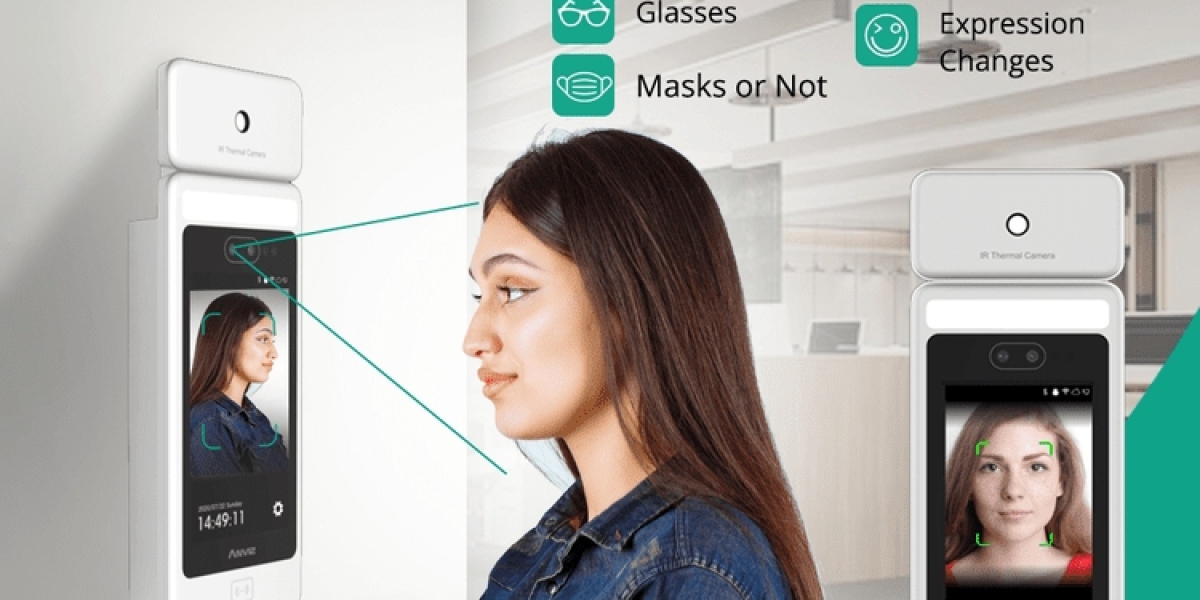The workplace is constantly evolving, driven by technological advancements and a growing focus on efficiency and security. One area undergoing a significant transformation is employee time tracking. Traditional methods like punch cards and paper timesheets are becoming relics of the past, replaced by the innovative world of biometric attendance systems.
Biometric attendance systems, like fingerprint scanners or facial recognition technology, offer a secure and streamlined approach to tracking employee hours. But how exactly are these systems changing the game of work? Here's a glimpse into the future:
Enhanced Accuracy and Reduced Errors: Paper-based systems and punch cards are notorious for inaccuracies caused by human error or even intentional manipulation. Biometric systems, however, rely on unique identifiers like fingerprints or facial features, eliminating the possibility of "buddy punching" and ensuring accurate time data. This translates to fairer payroll practices and reduced administrative headaches for HR departments.
Streamlined Processes and Boosted Productivity: Gone are the days of waiting in lines to clock in or out. Biometric attendance systems allow for quick and effortless time tracking, minimizing wasted time and maximizing employee productivity. Additionally, automated data collection eliminates manual data entry errors, freeing up HR personnel for more strategic tasks.
A Culture of Trust and Transparency: Biometric attendance systems foster a culture of trust and transparency in the workplace. Employees know their work hours are accurately recorded, reducing disputes or concerns about payroll. This can lead to a more positive and engaged work environment.
Data-Driven Decision Making: Biometric attendance systems generate valuable data on employee work patterns, overtime trends, and break usage. Businesses can leverage this data to optimize scheduling, identify areas for improvement, and make informed decisions regarding workforce management.
The Security Advantage: Biometric technology offers an additional layer of security for businesses. Fingerprint scanners or facial recognition systems can be used to control access to restricted areas, ensuring only authorized personnel can enter. This improves overall workplace security and safeguards sensitive information.
The Future is Biometric: Biometric attendance systems are more than just a convenient timekeeping tool; they represent a paradigm shift in workplace technology. As technology continues to advance, we can expect even more sophisticated biometric solutions to emerge, further integrating with other aspects of the workday, from access control to building automation.
Embracing the Future: Businesses that embrace biometric attendance systems are well-positioned to thrive in the future of work. These systems offer a multitude of benefits, promoting accuracy, efficiency, security, and data-driven decision making. By implementing this innovative technology, businesses can create a more streamlined, secure, and productive work environment for their employees.







